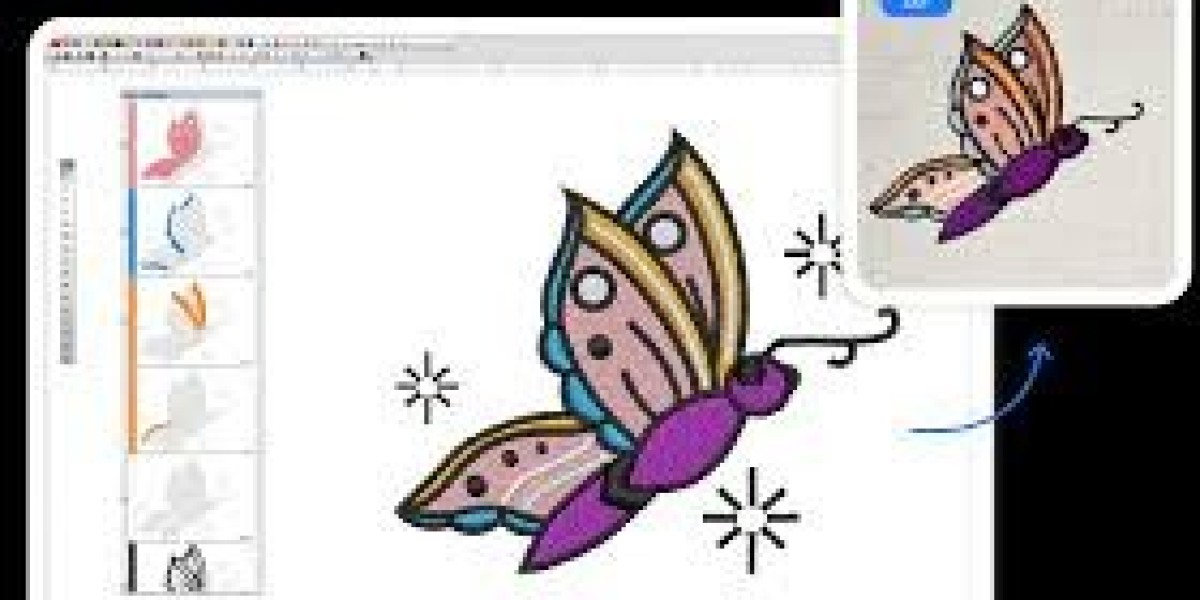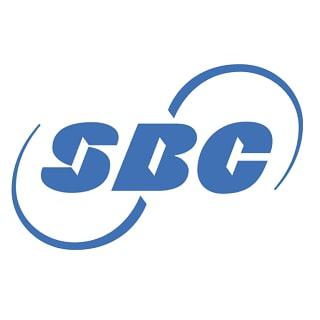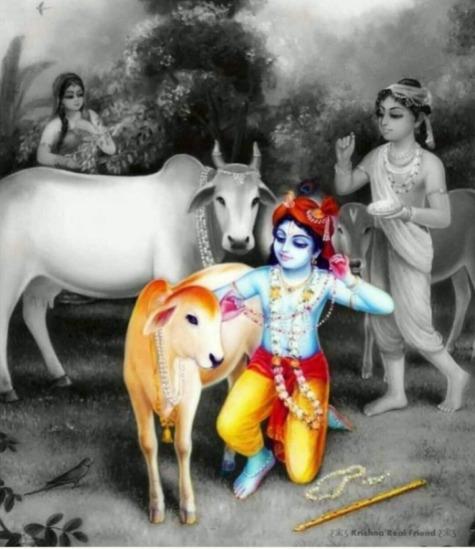The Hidden Science Behind Perfect Stitches in Modern Fabrics
Introduction
Behind every flawless stitch lies one critical factor: the needle. While threads, machines, and fabrics all play important roles, the needle acts as the bridge that binds them together. Selecting the correct sewing machine needle sizes is not just a technical requirement; it is the foundation for achieving precision and durability in sewing.
Many sewists use trial and error when choosing a needle, but understanding the science behind needle sizes and types creates consistency and confidence. In this guide, you will learn everything about sewing machine needle sizes, how to match them with fabric types, when to change them, and advanced tips for mastering the art of stitch perfection.
Understanding Sewing Machine Needle Sizes
Sewing machine needles are standardized using two numbering systems:
European Size System: Numbers range from 60 to 120. This indicates the diameter of the needle shaft in hundredths of a millimeter. For example, size 80 equals 0.80 mm.
American Size System: Numbers range from 8 to 19. Here, higher numbers mean larger, thicker needles.
Most packaging uses both systems together, like 80/12, 90/14, 100/16. The lower number refers to the European measurement, while the higher is the American equivalent.
In simple terms: the smaller the number, the finer the needle; the larger the number, the stronger the needle for heavy fabrics.
Sewing Machine Needle Sizes Chart
| Fabric Type | Recommended Needle Size | Needle Type |
|---|---|---|
| Lightweight fabrics: silk, chiffon, organza | 60/8 – 70/10 | Microtex / Sharp |
| Light cottons and voile | 70/10 – 80/12 | Universal |
| Medium fabrics: linen, poplin, polyester blends | 80/12 – 90/14 | Universal / Sharp |
| Stretch fabrics: jersey, spandex | 75/11 – 90/14 | Ballpoint / Stretch |
| Denim, canvas, corduroy | 90/14 – 100/16 | Jeans / Denim |
| Upholstery or leather | 100/16 – 110/18 | Leather |
| Quilting fabrics | 80/12 – 90/14 | Quilting |
| Heavy embroidery designs | 90/14 – 100/16 | Embroidery |
This chart acts as a quick reference guide for matching fabrics with the correct needle size.
Why Needle Choice Matters
Choosing the wrong sewing machine needle size can lead to:
Skipped stitches
Broken threads
Snags or holes in fabric
Machine damage over time
Correct needle sizing ensures smooth stitching, better fabric handling, and professional-looking finishes.
Different Types of Sewing Needles
While size is crucial, the needle type is equally important. Here are the most common categories:
Universal Needles
Best for woven and some knit fabrics. They are the most commonly used and versatile.
Ballpoint Needles
Designed for knit and stretch fabrics. The rounded tip avoids cutting through fibers.
Stretch Needles
Specially engineered for elastic fabrics like spandex and Lycra. They prevent skipped stitches.
Microtex or Sharp Needles
Ideal for fine, tightly woven fabrics such as silk, microfiber, or taffeta.
Jeans or Denim Needles
Built with a stronger shaft to penetrate dense fabrics like denim, canvas, and twill.
Leather Needles
Designed with a wedge-shaped tip to pierce leather, vinyl, and suede cleanly.
Quilting Needles
Tailored for multiple fabric layers, preventing thread breakage and skipped stitches.
How to Choose the Right Sewing Machine Needle Size
When selecting a needle, consider:
Fabric Weight: Lightweight fabrics require fine needles, while heavy fabrics need thicker needles.
Thread Thickness: A thicker thread pairs better with larger needles, while delicate threads need smaller eyes.
Project Type: Embroidery, quilting, and topstitching may need specialty needles.
Stitch Style: Decorative stitches often require needles with larger eyes to accommodate specialty threads.
A general rule is to use the smallest needle that still creates smooth stitches without breakage.
Signs That You Need to Replace Your Needle
Even the best sewing machine needle sizes wear out with time. Replace your needle if you notice:
Popping or clicking sounds while stitching
Uneven or skipped stitches
Thread fraying or snapping
Visible bends or dull tips
Most experts recommend changing needles after every 8 to 10 hours of sewing or at the beginning of a new project.
Advanced Tips for Using Sewing Machine Needle Sizes
Test First: Always test on a scrap piece of fabric before beginning a project.
Match Needle to Thread: Ensure the thread slides smoothly through the needle’s eye.
Store Needles Properly: Keep them in labeled containers to avoid confusion.
Keep a Needle Journal: Record which needle worked best with each fabric for future reference.
Use High-Quality Brands: Invest in reliable needles that last longer and deliver consistent performance.
Sewing Machine Needle Sizes for Modern Fabrics
Fashion today includes blends and sustainable textiles. Here are some quick recommendations:
Modal and Tencel: 80/12 Microtex
Bamboo Jersey: 75/11 Ballpoint
Stretch Denim: 90/14 Stretch or Jeans
Organic Hemp Blends: 90/14 Universal
Viscose and Rayon: 70/10 Microtex
These fabrics demand accuracy, and choosing the right needle size ensures professional results.
FAQs
Q1: Which sewing machine needle sizes are best for beginners?
Beginners should start with size 80/12 universal needles, as they work well with most medium-weight fabrics.
Q2: How often should I replace my sewing machine needle?
Every 8 to 10 hours of sewing or at the start of a new project.
Q3: Can I use the same needle for all fabrics?
No, different fabrics require different sewing machine needle sizes and types for optimal results.
Q4: What happens if I use the wrong needle size?
You may experience skipped stitches, broken threads, or damage to your fabric and sewing machine.
Q5: Are larger needles stronger?
Yes, larger sizes like 100/16 or 110/18 are built for heavy fabrics like denim and leather.
Conclusion
Understanding sewing machine needle sizes is the secret to flawless stitching. From delicate silks to heavy denim, every fabric responds differently to needle type and size. By learning how to match your needle with fabric, thread, and project type, you can achieve professional results every time.
This guide provides a fresh, modern perspective by including both traditional fabrics and contemporary blends like bamboo, modal, and stretch denim. With this knowledge, you now have the confidence to approach any sewing project with precision and skill.







